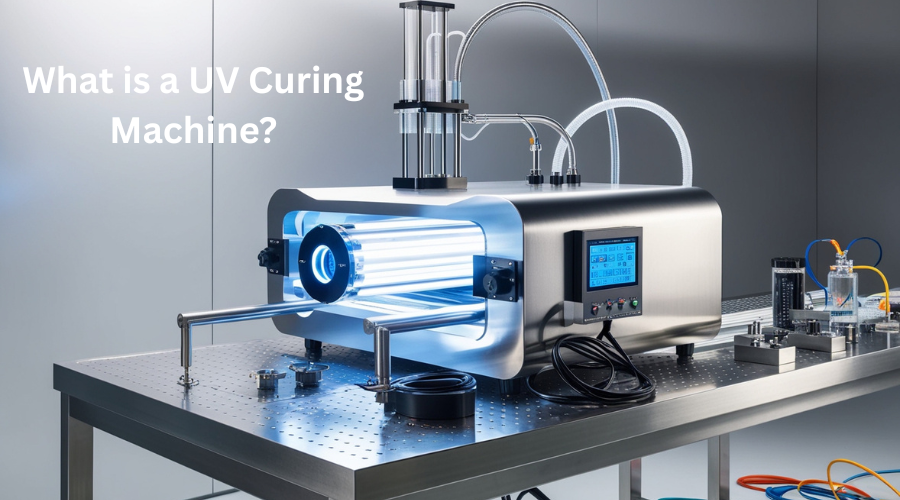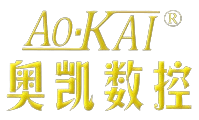.jpg)
Blogs
What is a UV Curing Machine? A Complete Guide to How It Works

The electronics industry is one of the prime and fastest-growing industries of all. Millions of micro-sized and significant components are manufactured daily. The sensitivity level is as high as you can expect. That means the machines used in the production must meet the products' safety and durability. Especially when it comes to the drying process of adhesives, inks, and coats, they solely rely on UV light because of sensitivity and risk. The electronic industry can not use any curing method that can leave dust or moisture in the most expensive chips. They have to go for UV curing technology, which has led them to success. Here is what you can know about this technology.
About the UV Curing Process
Ultraviolet rays from the sun can dry and cure many things. Likewise, artificial ultraviolet rays can do the same for similar results on a smaller scale. This process activates photopolymerization, which turns liquid monomers into dry polymers. When these monomers react with UV rays, the photoinitiator process starts. This process joins all the monomers to form a chain reaction for polymers.
To simplify, industries use UV curing technology to dry inks, adhesives, and paints in various goods. Acrylic, electronic, and different goods need this technology for the deep formation of polymer bonds.
What is an Ultraviolet Curing Machine?
The machine generates artificial UV rays for a quick curing process. Instead of using large dryers or heating machines, this efficient and way faster machine gives better results. It generates a photopolymerization process to cure thousands of electronic boards one by one or together. The entire method is quiet and harmless for the targeted objects. Some machines are large, and some are portable, where portable is becoming more advanced. People with online businesses related to resin, arts and crafts, and electronic goods use these machines at home. Besides, industries have large-scale machines for fast and bulk curing processes.
Industrial Applications and Advantages of UV Curing Machines
Since industrial applications are always in massive volume, you can expect the need for large UV curing machines. They can provide results that are hard to get from any other equipment. To illustrate, you can find some of the most prominent applications in industries mentioned below.
Fast Drying Process
UV curing for PCB boards and similar chips is fast and massive. Countless devices require fast production of motherboards, where UV rays are mandatory to dry the adhesives on their components. UV rays give consistent results on all the elements that undergo UV curing. This performance is better than that of heat and air blowing since UV rays ignite the polymerization process better.
Deep Bonding in Polymers
Likewise, they create deep bonds between monomers to create polymer chains. That deep bond makes the adhesives and paints stick to the surface permanently. Unless the curing process is followed, it is impossible to create such a bond. This process ensures the bond is deep, making the adhesives and coats survive long. Many acrylic and similar goods need curing to get rigid bonds with other materials. Therefore, the coat and adhesive on the surface become almost impossible to remove.
No Need for Air Drying
There is no need for air drying, either. Some businesses prefer air drying to dry the coats and adhesives on art and craft products. UV curing machines make it easy for them to dry the paint and coat faster than any other method. Even air drying is less efficient than the UV method. The reason is to prevent dust and moisture from the surroundings in the curing process. UV rays can trigger the curing process better than the air method.
Perfect Solution for Adhesives, Paint, and Ink Curing
Ink coating can not be done better than UV curing machines. Ink can spread anywhere if you use the air-blowing method. It may lose its texture and color if you use the heating method. Then the last one is UV curing, ideal for ink curing and adhesives. Acrylic and PCB boards are plastic products; you know plastic can not withstand heat for long. Therefore, using a heating method to dry such material would be a grave mistake. However, UV rays do not contain any dust particles or too much heat. They are ideal mediums for dry ink, paint, and adhesives with deep penetration.
This deep penetration leaves no chance of error in the drying process. Even the most complex areas in a PCB board can get enough exposure to UV rays. Then, there will be no chance of error in producing electronic components for worldwide devices.
Safe Method for Sensitive Goods
Some products are intolerant to moisture and dust. These industries use only UV curing machines for packaging and printing. The entire production quality has to rely on the printing and adhesive strength. Ink, coat, and adhesive can not get better results for labeling than UV curing machines. These machines do not damage plastic labels and films. Heating and air-blowing techniques are less effective for such sensitive goods.
Electronic goods are mentioned above, and their bonding with coats and adhesives depends on UV curing. It gives them safe and sound production without any doubt. The conveyor belt carries the devices to expose them to UV rays. That means all the products on the conveyor belt get equal exposure to UV rays.
Conclusion
Industries must be careful when manufacturing any product. Therefore, they choose devices that meet safety and efficiency requirements. UV curing machines meet the requirements of the electronic, acrylic, and packaging industries. Ink, adhesives, and paint coats require UV rays to strengthen bonds with the targeted surface. Neither any heating nor air-blowing method is suitable for them except UV curing. It is a fast, precise, and balanced curing process without worrying about any moisture left.
